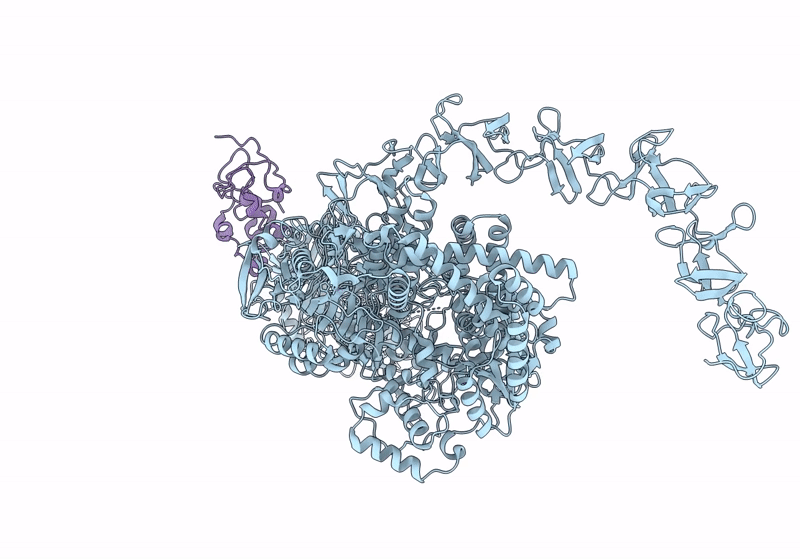
Deposition Date
2023-09-01
Release Date
2024-03-20
Last Version Date
2024-11-06
Entry Detail
PDB ID:
8QEO
Keywords:
Title:
cryo-EM structure complex of Frizzled-7 and Clostridioides difficile toxin B
Biological Source:
Source Organism:
Clostridioides difficile (Taxon ID: 1496)
Homo sapiens (Taxon ID: 9606)
Homo sapiens (Taxon ID: 9606)
Host Organism:
Method Details:
Experimental Method:
Resolution:
3.26 Å
Aggregation State:
PARTICLE
Reconstruction Method:
SINGLE PARTICLE


